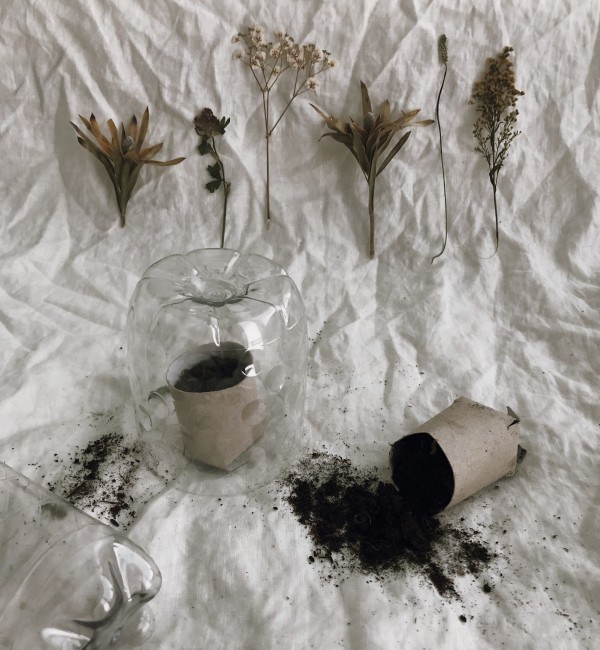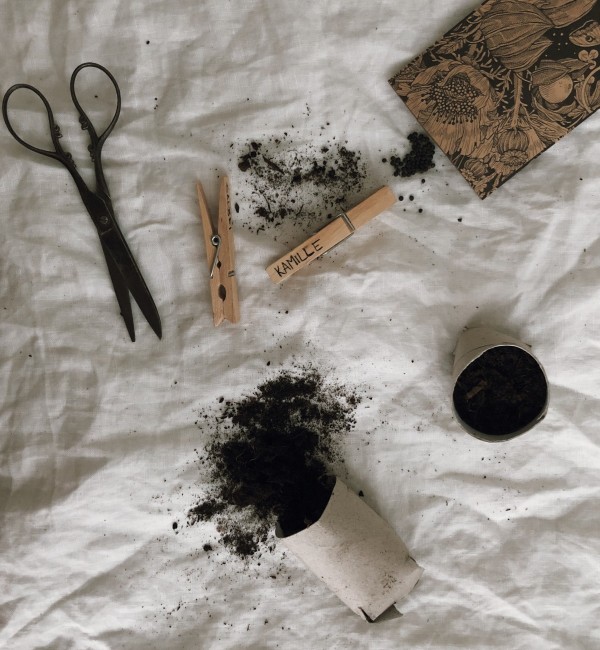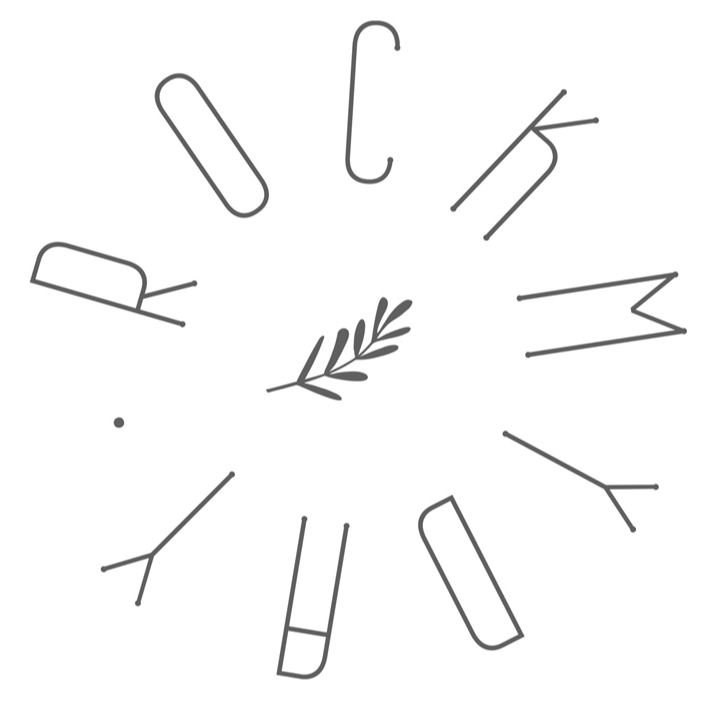Upcycling - Mini Greenhouse *Guest Article*


As soon as the year has begun, I am mentally already in my roof garden. Together with my children I think about what we would like to sow and where we would like to plant all kind of different herbs and plants. I think it should be said in advance that we don't have a garden, only the luck of a big roof terrace. So we are gardening in pots! Really everything. From currant bushes to various herbs, raspberries and blueberries, carrots, radishes, salads, cucumbers, courgettes and pumpkins. Towards the end of summer there are potatoes, beetroot and winter radish. Gardening is not only a very calming activity, it also helps children to understand our seasons and different life cycles in a playful way and to learn responsibility. They can get dirty in the soil, wait full of excitement for the first sprouts and can be proud of their result in the form of flowers for bees and butterflies or berries and vegetables. Have you and your children ever grinded and sniffed fresh herbs in your hands? We have even turned it into a sensory game. Recognizing the plant by its smell.
If you want to plant something with your children in the garden, on your balcony or even just on the windowsill, you have to consider in advance how much space you have, in which direction it points and what you would like to have. Here you can find my contribution on the topic "Gardening with children".
But now to the planting and a few upcycling ideas: Depending on the plant, the preference is between February and March. Please read the recommendations of the individual plants carefully.
You need:
- empty toilet paper rolls
- empty egg cartons
- empty PET bottles
- pottting soil
- Herbs, flowers or vegetable seeds
- clothes pegs or ice sticks if required
Tip 1:
First we make small flower pots out of the toilet paper rolls, which are excellent for sprouting. To do this, cut 4 x about 3 cm into the toilet paper rolls, fold them over and fill them with soil.
Tip 2:
What you sow, you can write on the toilet rolls or on a wooden stick or a clothespin. These can then be moved into the larger pot later.
Tip 3:
If you prefer, you can also use empty egg cartons.
Tip 4:
By the way, it works best if you create a humid and warm climate for your plants. Mini greenhouses, so to say. I used to use empty preserving jars years ago, but they don't have ventilation holes, so the soil can easily get moldy. Empty PET bottles are a wonderful choice here.
Tip 5:
Simply halve them and fold them over the toilet paper roll or the pot. In addition, use a needle or scissors to make small ventilation holes in the bottom. Now it usually takes 1-2 weeks until the first sprouts appear. Keep it moist and check over and over again whether the air circulation in your mini greenhouses works well.
Tip 6:
Even if it is better to renounce PET bottles completely, recycling is still better than simply throwing them in the trash. By the way, did you know that 50% of the materials for your Large and Small Affenzahn Friends are made from recycled PET bottles?
Tip 7:
Once your seedlings have reached this size, you can slowly start repotting them into a larger pot until it's time to put them outside or plant them in a bed.
More ideas:
Other nice ideas about gardening with children are collecting treasures in the flower press or making seed paper. The latter is incredibly fun, a great upcycling DIY and a great gift. A flower greeting of a different kind. The instructions for that you can find here.
Have fun gardening!
Affenzahn Sustainability
Would you like to learn more about the production of our Affenzahn backpacks and our sustainability strategy? Then take a look at our process From Bottle To Bag and find out how the bags and their fabric is made.
Our products use fabrics that are made from 50% recycled PET bottles. A Large Friend consists of 6 bottles (0.5l) and a Small Friend of 3 bottles (0.5l). In comparison to conventional production methods, this method reduces waste water output by 20%, energy consumption levels by 50% and pollutant emissions by 60%.





